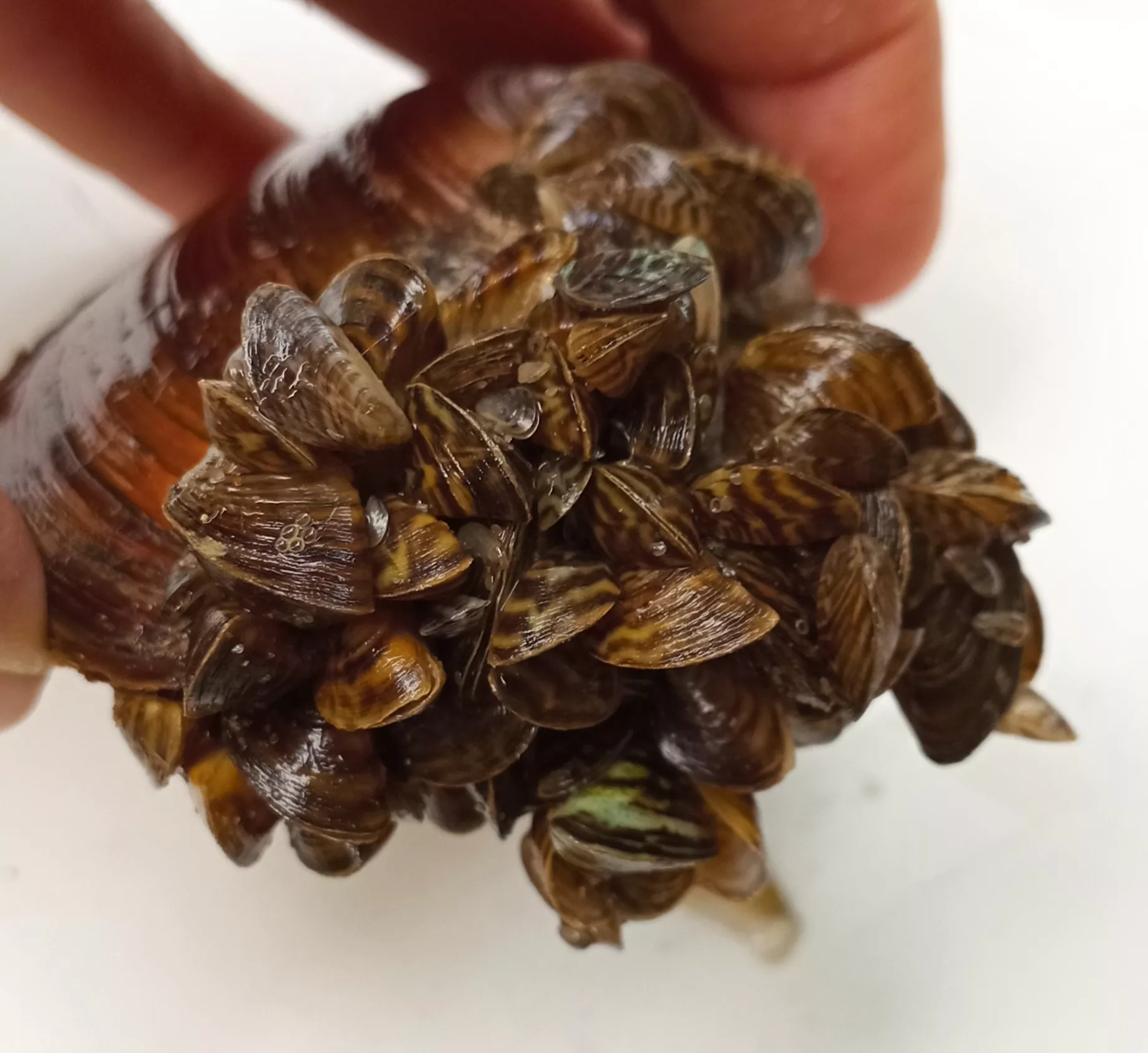Researchers from the HUN-REN Balaton Limnological Research Institute in Tihany (HUN-REN BLRI) have confirmed through growth and body composition studies that the ability to store lipid instead of carbohydrates might be the reason for the successful spreading of the invasive quagga mussel in the food-limited eastern (Siófok) basin of Lake Balaton. The paper summarizing the findings of the study has been published in the Freshwater Biology journal.
HUN-REN BLRI researchers have verified through growth and body composition studies that the main difference between the closely related competing invasive mussel species (dreissenids) found in Lake Balaton, namely the zebra and quagga mussels, is the latter's superior adaptability to nutrient-poor environments. Following the appearance of the quagga mussel in Lake Balaton in 2008, the zebra mussel, which was massively present in the lake's coastal zone, was completely displaced from the food-limited Siófok basin within five years. However, in the food-rich Keszthely basin, the two invasive mussels continue to coexist.

Settled zebra and quagga mussels
The adaptation to food-limited environments can be observed in the accumulation of lipid that replace the reduced carbohydrate reserves, a capability unique to the quagga mussel. This was also evidenced by the fact that among the animals transplanted from a food-rich basin to a food-limited one, only the quaggas managed to grow while exchanging their carbohydrate reserves for lipid. Filling up their energy stores is essential for animals' survival during the winter period, with water temperatures below 8°C. Therefore, in a food-limited environment, the ability of the quagga mussel to adjust its metabolic processes provides an advantage over the zebra mussel.
The phenomenon is similar to the dietary preparations recommended for high-altitude climbs without oxygen tanks in recent times. Experts suggest a lipid-rich, so-called ketogenic diet instead of a carbohydrate-rich diet. This allows at altitudes where food intake is unsuitable – above 8,000 meters – where oxygen consumption decreases sharply and the pulse rate increases significantly, the body to obtain sufficient energy from the stored lipid instead of quickly depleting carbohydrate reserves.